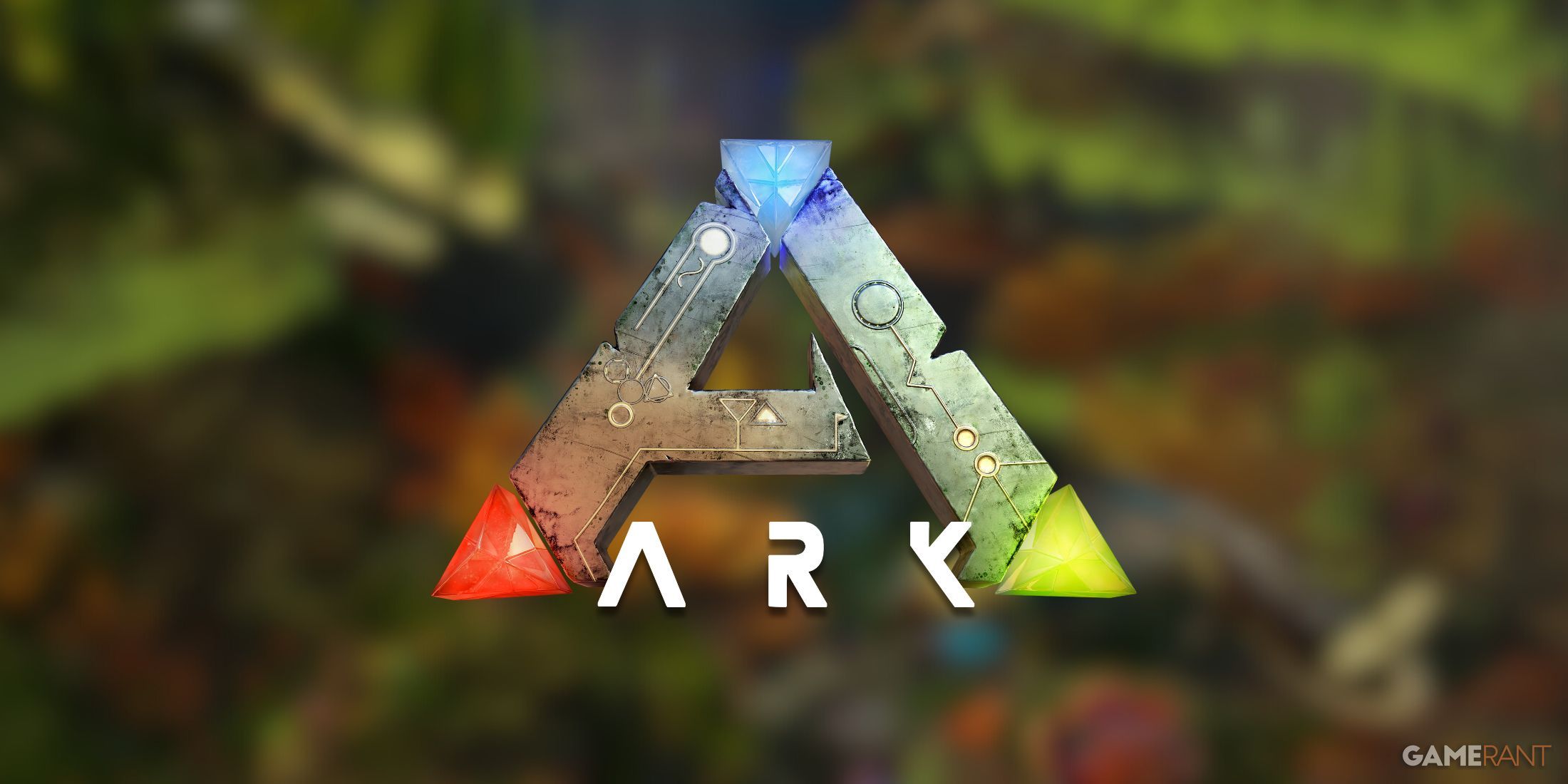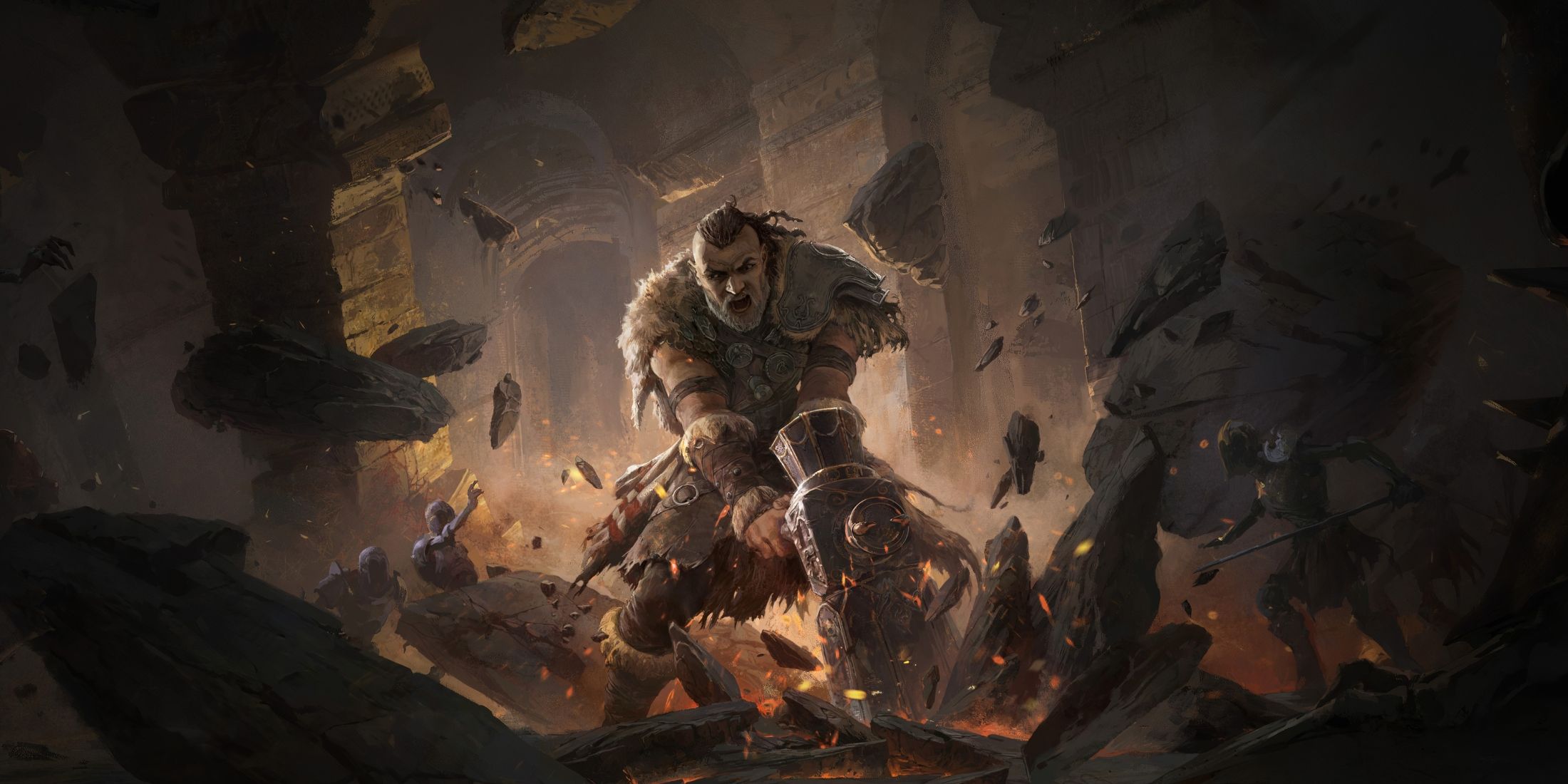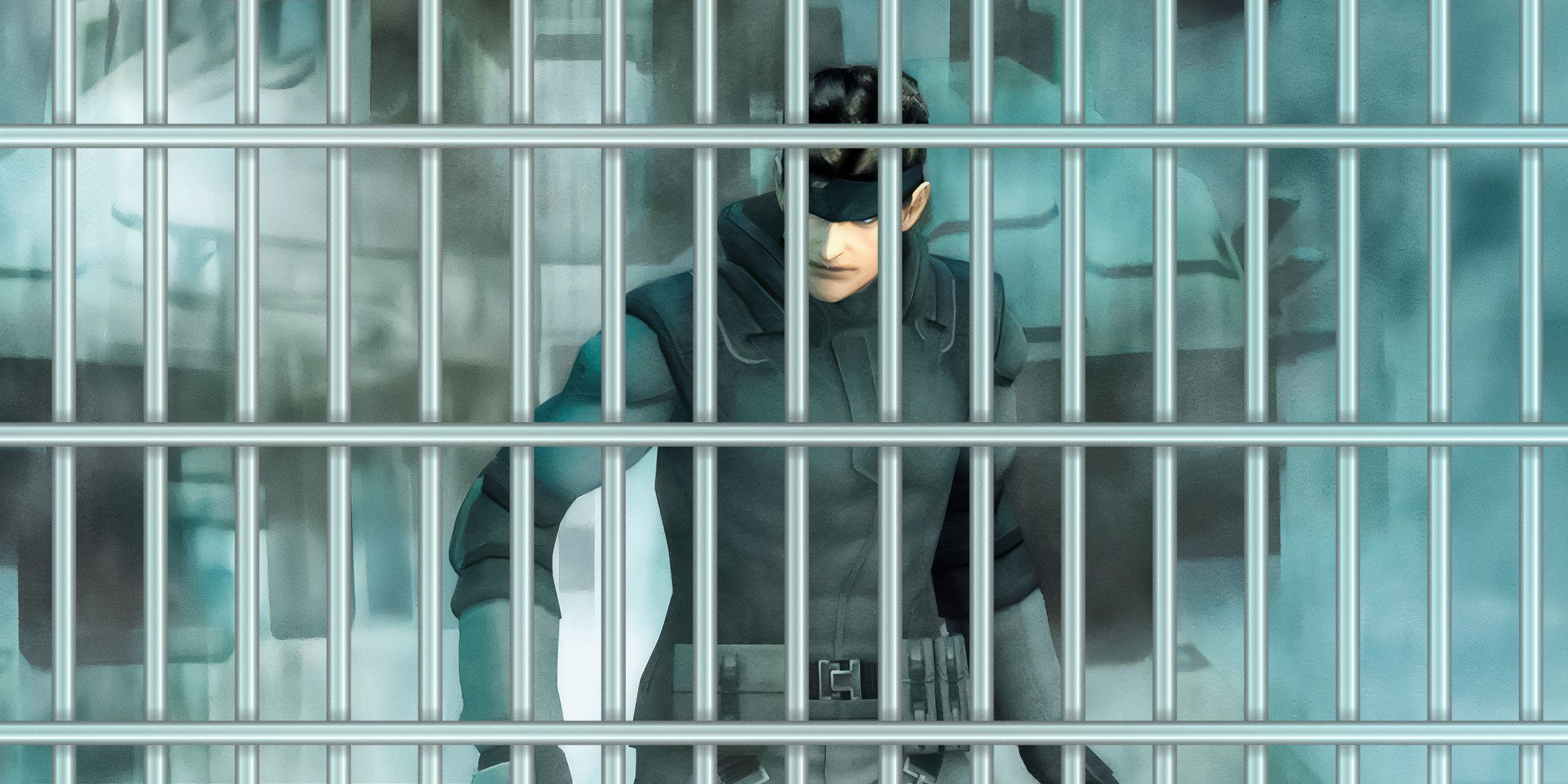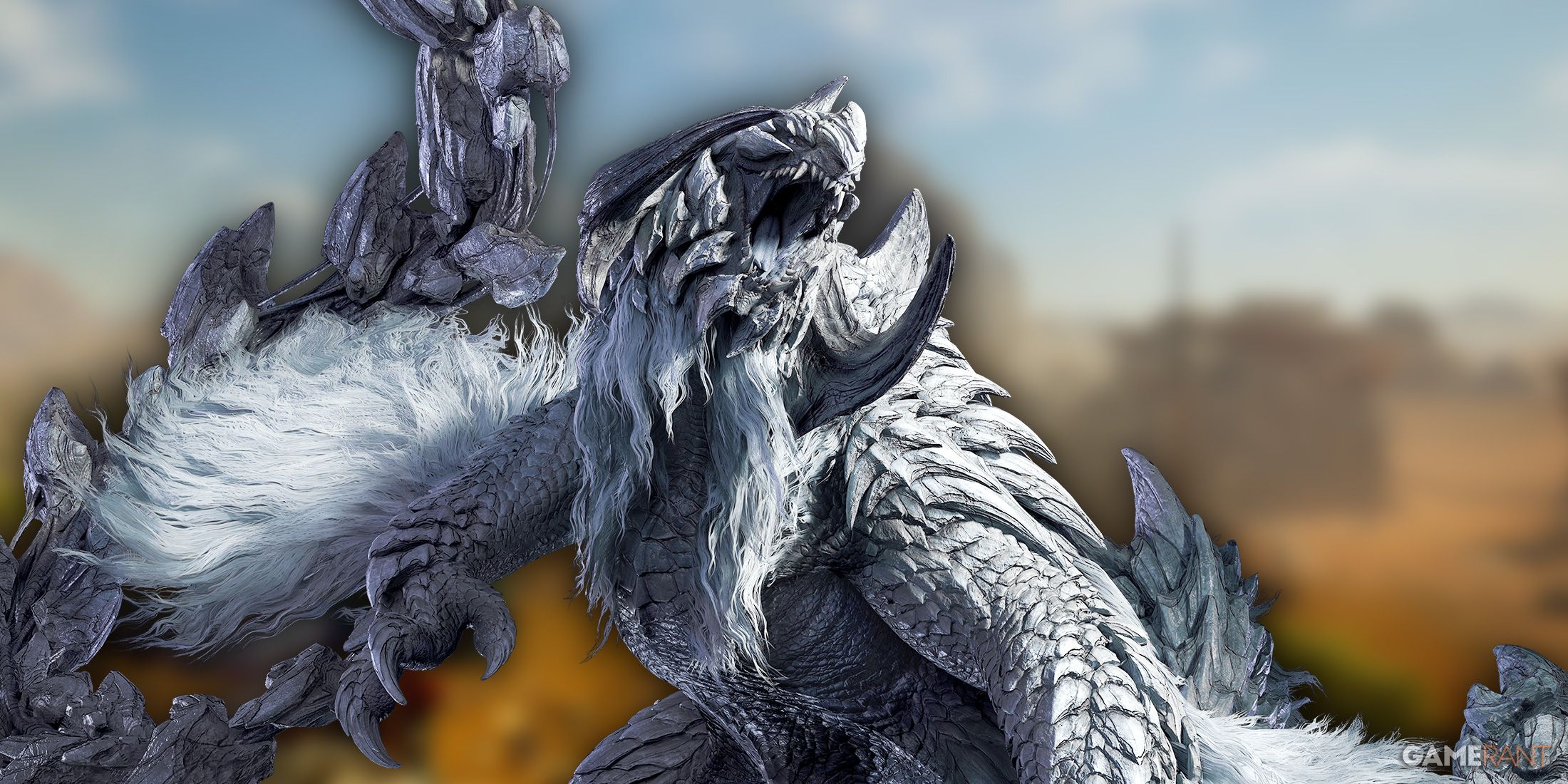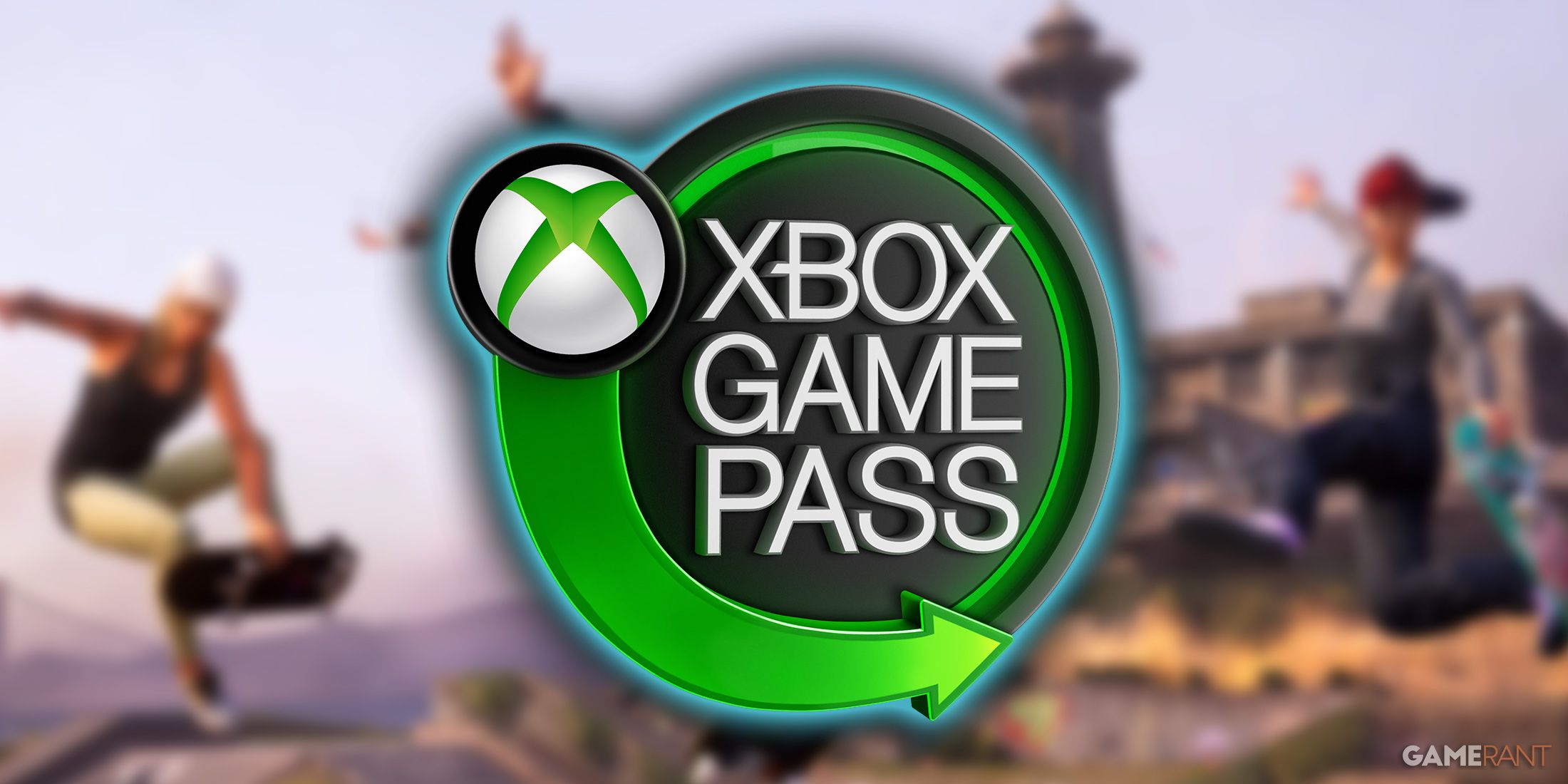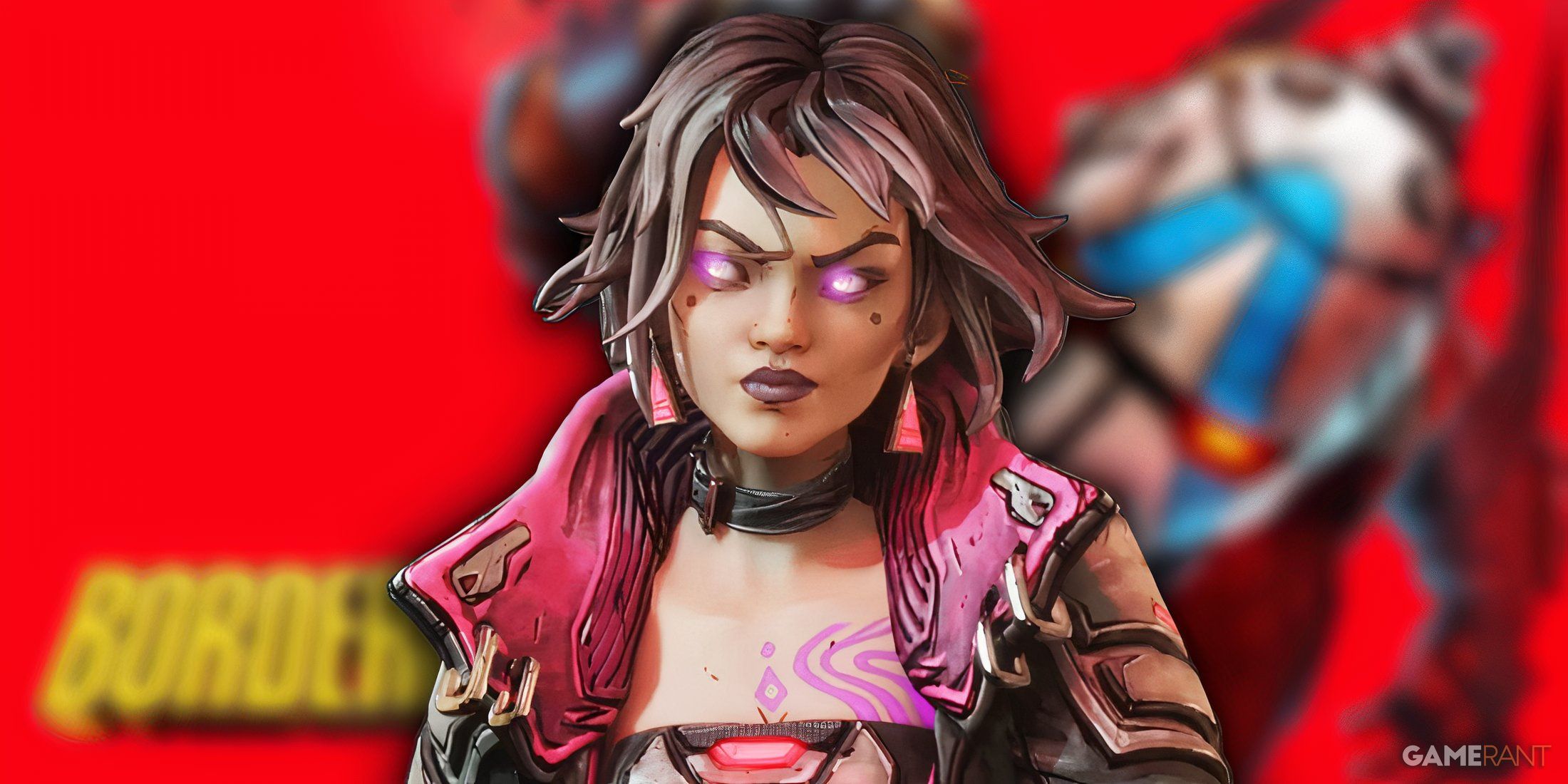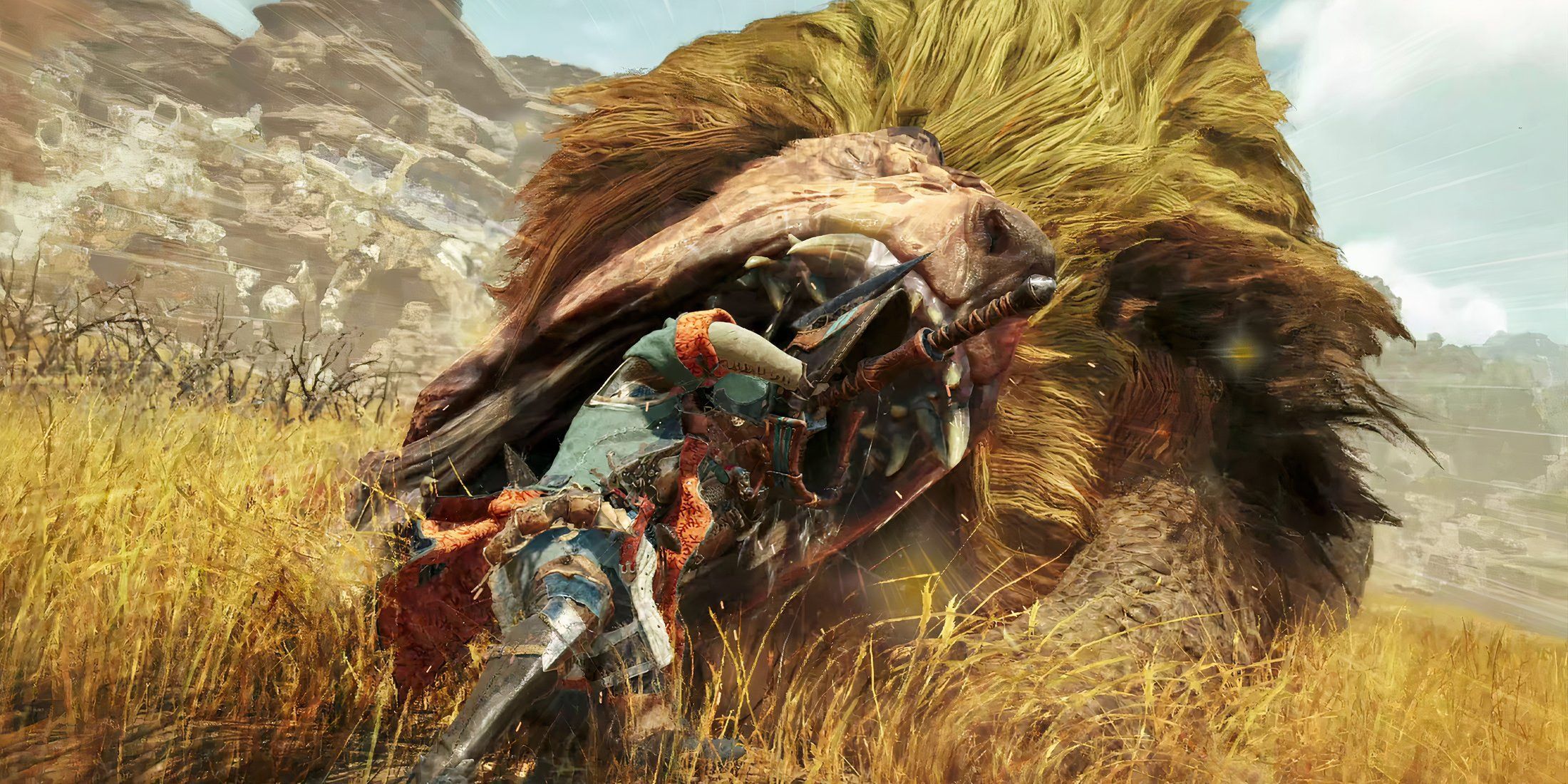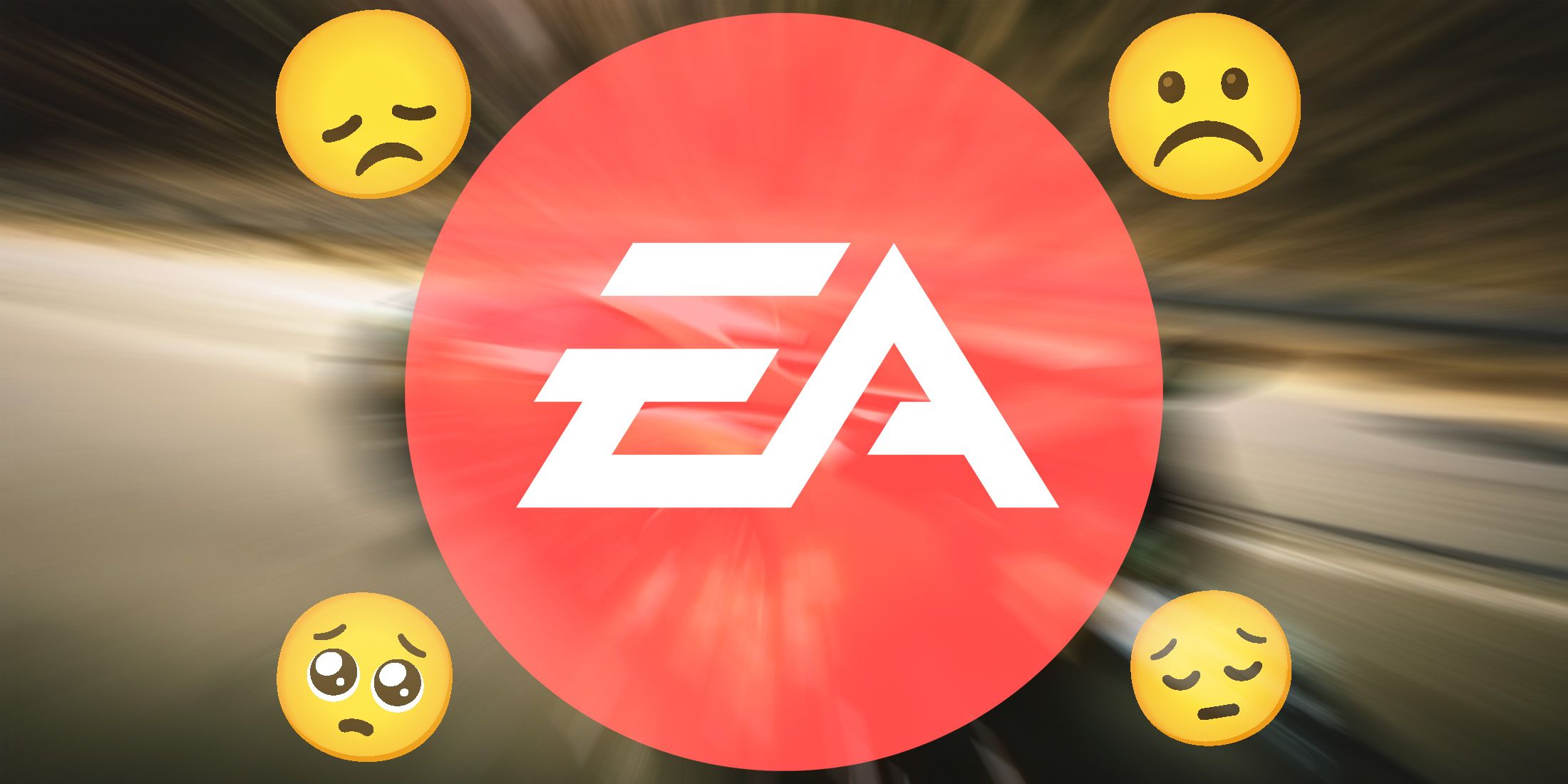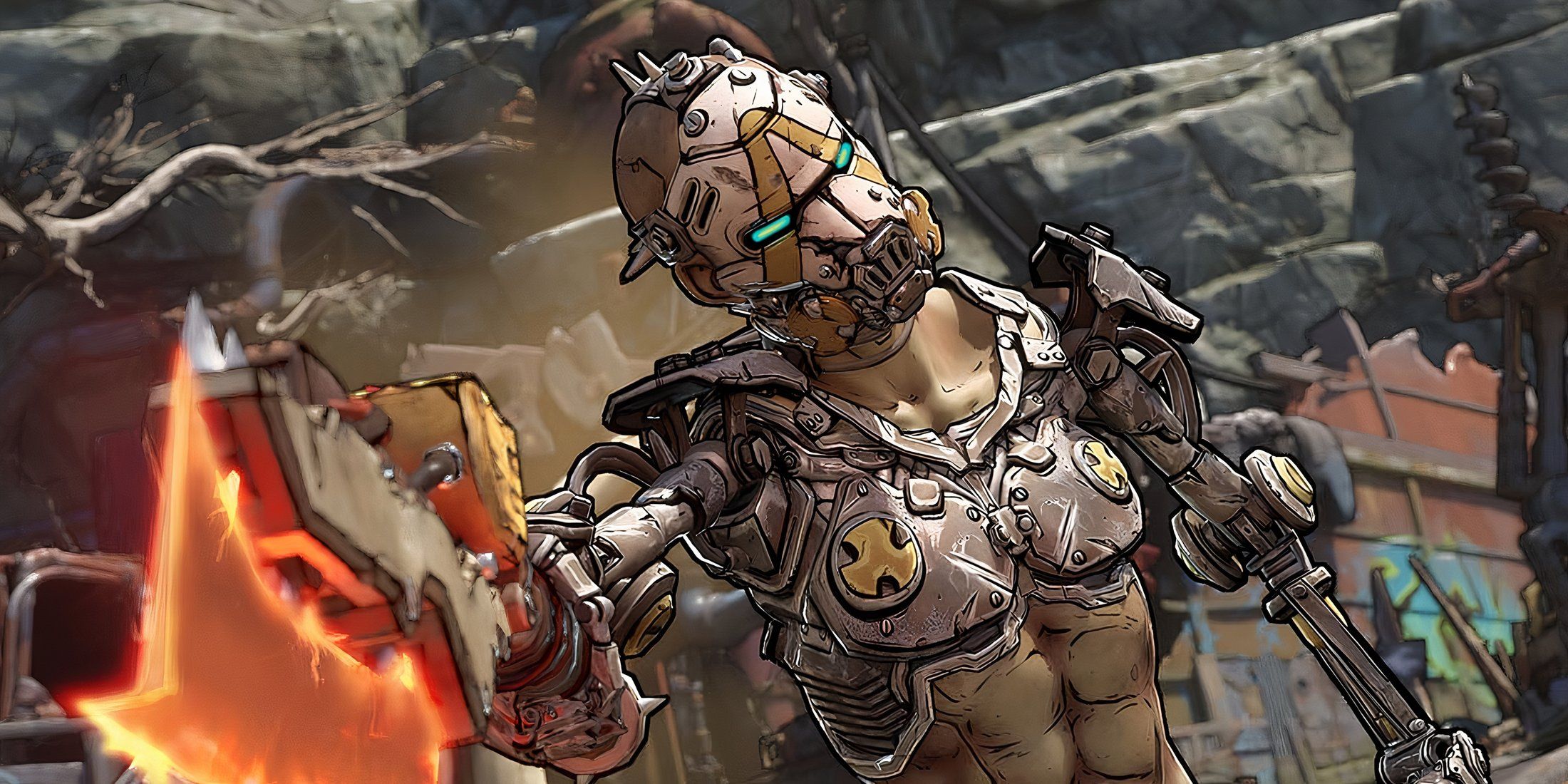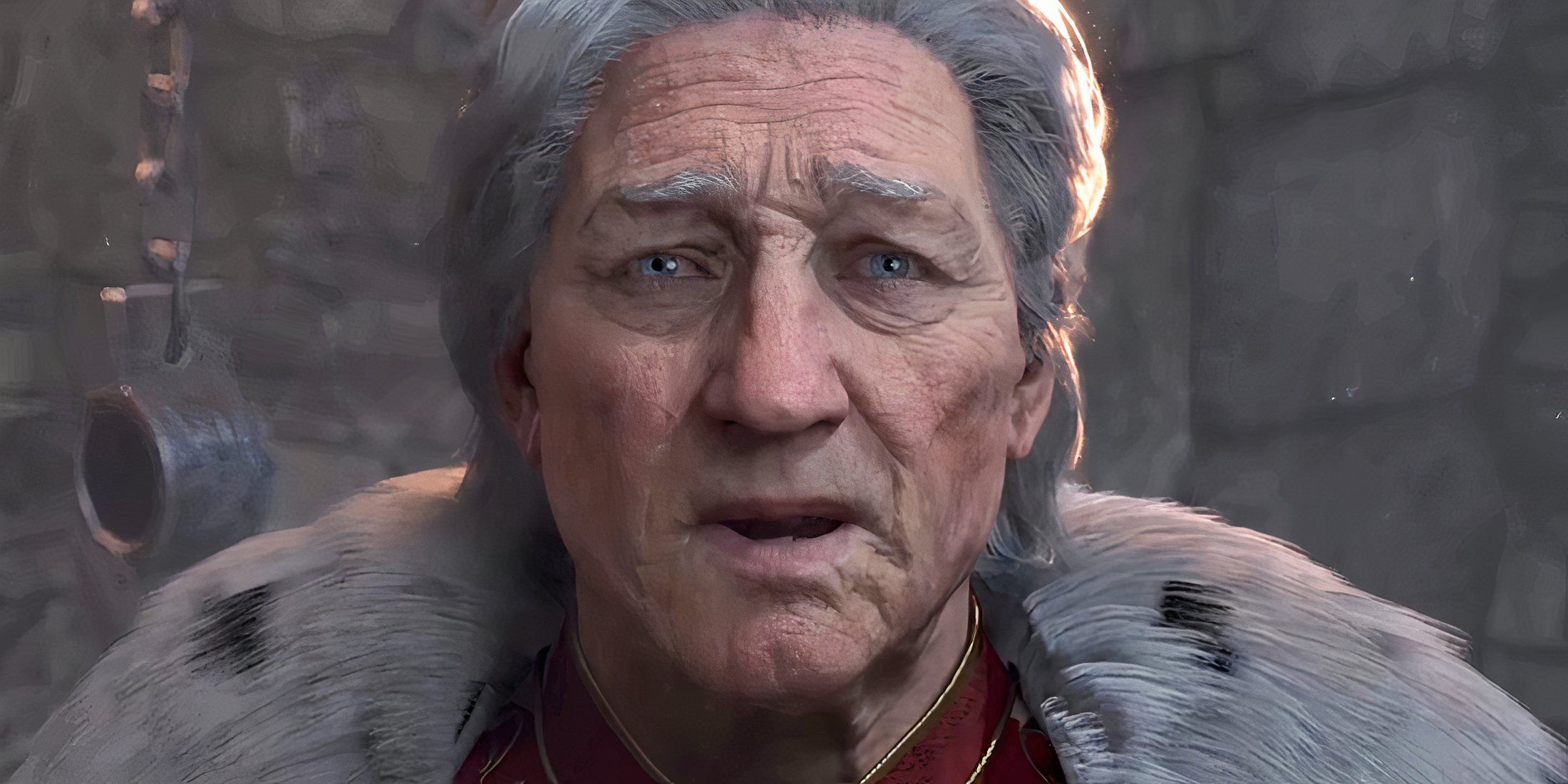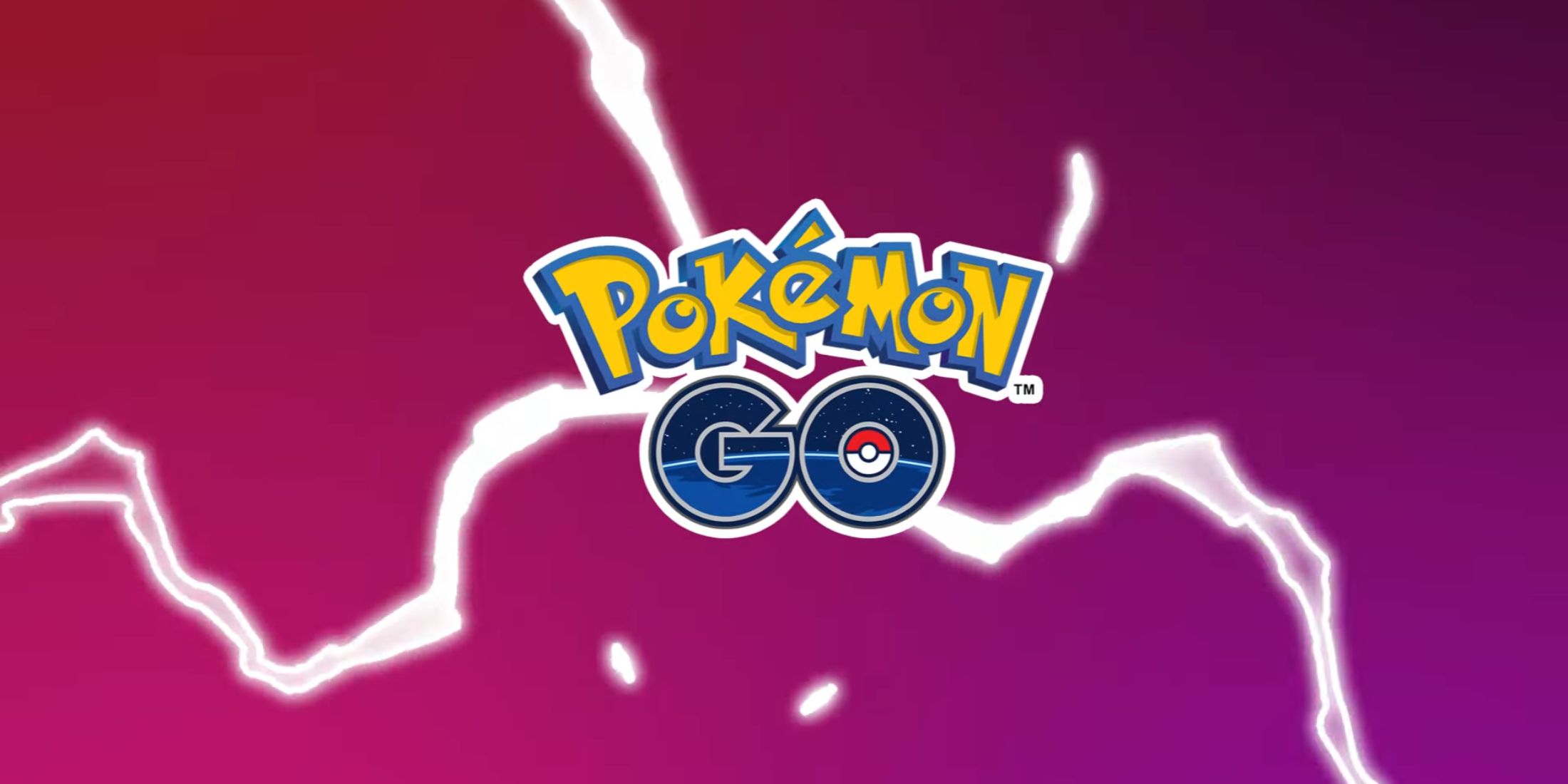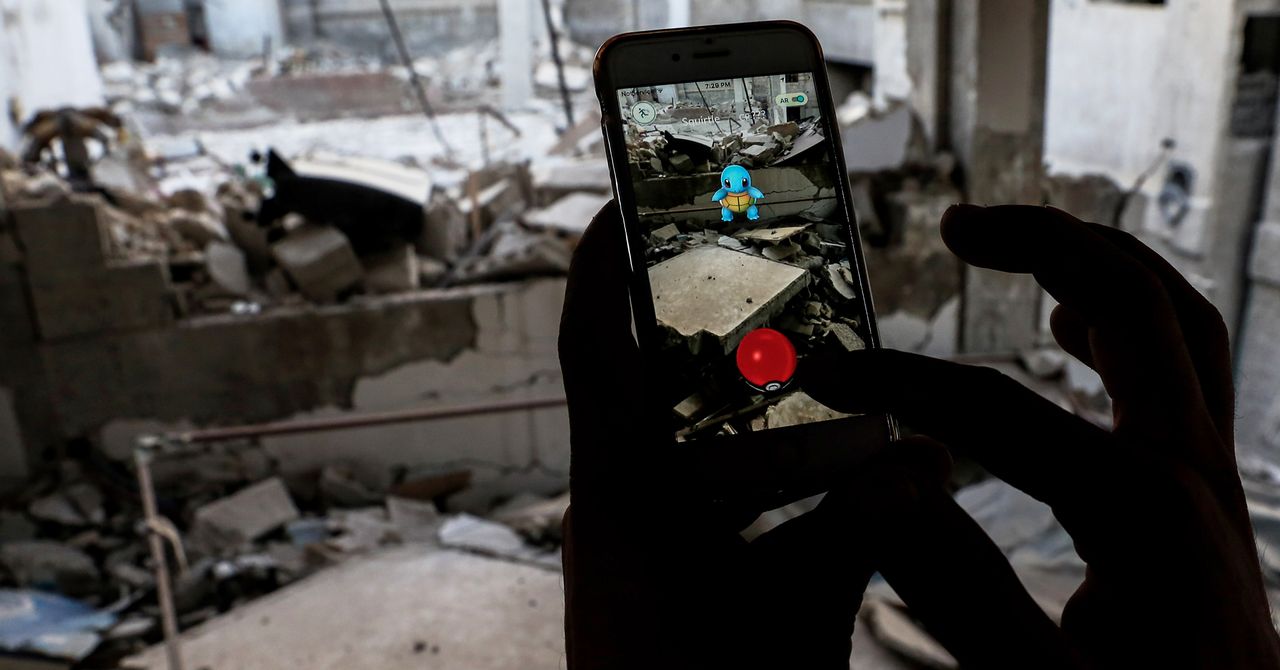
In the second half of 2016, two roads diverged in an online wood. Each wound through a universe populated by fabulous creatures. One was delightful. The other was morbid. One knew it was fantasy. The other was deadly serious, and some who ventured there ended up spoiling for civil war, committing violent crimes, and brandishing knives, guns, and bullwhips against their phantoms.
The wise and good chose Pokémon Go, while the foolish and furious chose what came to be called QAnon. Or maybe it was just an accident. Maybe it didn't matter what kind of person you were before you entered. After you were in, you were in; your reality became significantly augmented, not to say distorted or even obliterated. And while QAnon is the subject now of much analysis—including in Clive Thompson's column in this issue—Pokémon Go deserves a closer look four years after its launch. The global phenomenon never went away. When contrasted with QAnon, Pokémon Go suggests that augmented reality games are not intrinsically corrosive. The players exhibit, of all things, a kind of online well-being—sociability and outdoorsiness, amusement and irony. While some in other quarters of the internet have gone gravely wrong in their hunt for enchantment online, millions more Pokémon Go “trainers,” as they're called, have kept their imaginations fired in a world where the endearing virtual monsters are mischievous or mighty or loving but never sadistic—and bear no resemblance to humans in the news. Pokémon also can't die; instead, they cutely swoon.
Related Stories
 IdeasWhat French Feminism Can Teach Us About KarensVirginia Heffernan
IdeasWhat French Feminism Can Teach Us About KarensVirginia Heffernan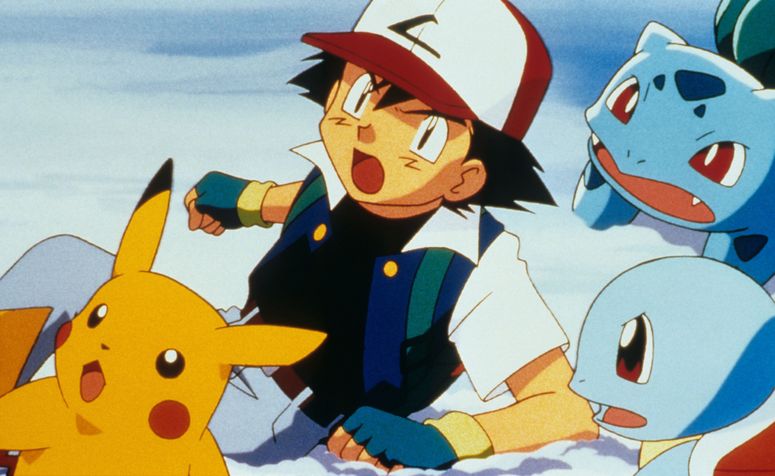 I choose youPokémon Home Is Reuniting Fans With Long-Lost SquirtlesCecilia D'Anastasio
I choose youPokémon Home Is Reuniting Fans With Long-Lost SquirtlesCecilia D'Anastasio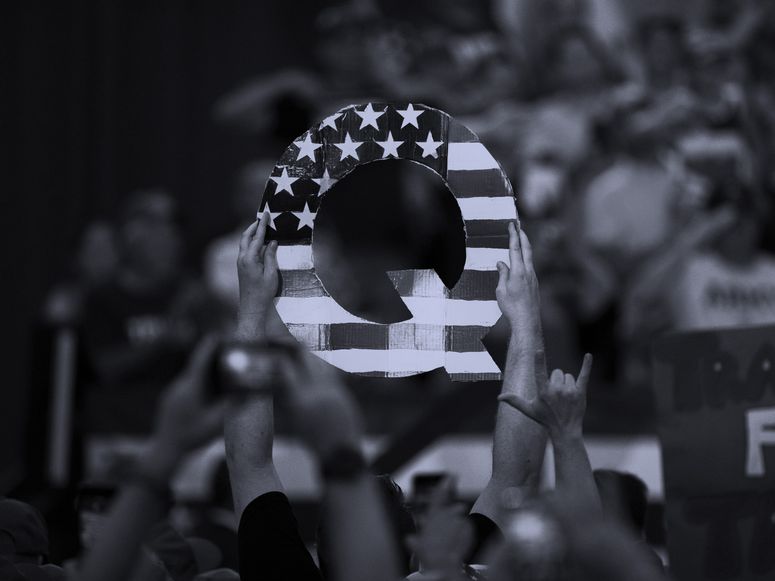 IdeasOnline Conspiracy Groups Are a Lot Like CultsRenee DiResta
IdeasOnline Conspiracy Groups Are a Lot Like CultsRenee DiResta“I've been a Pokémon fan since I was young, and when they first announced the game I was excited,” Bryan Escobar, a Puerto Rican HVAC repairman and apartment porter, told me. When the Go version launched in July 2016, he jumped in, playing a handful of times every week. Now he plays for hours daily. “Adding legendary Pokémon to catch by battling them in raids gave the game so much hype. Another sweet addition was when they introduced adding friends and trading Pokémon.” With the pandemic, Escobar continued, PoGo has introduced new features that improve indoor play, although on his days off he still walks between 6 and 12 miles chasing Pokémon.
Casey Greenfield, a Manhattan lawyer, came to the game later. “I blame or credit a friend who came to New York for a conference in 2018,” she told me via email. “I asked if there was anything else she wanted to try to fit in. She said yes: Community Day”—an event that celebrates some of the game's most beloved Pokémon.
“So she took me on an items run and showed me the basics of gym defense. Sunday found me and my son running in frigid rain after floating steel creatures.”
How much does she play now, two years later? “If you're playing, it's just there—maybe the way some people refresh their Twitter feeds,” she said. “It's not like being in your gamer chair with a portable urinal. I'm not saying it's more glamorous; I'm just saying it's different.”

